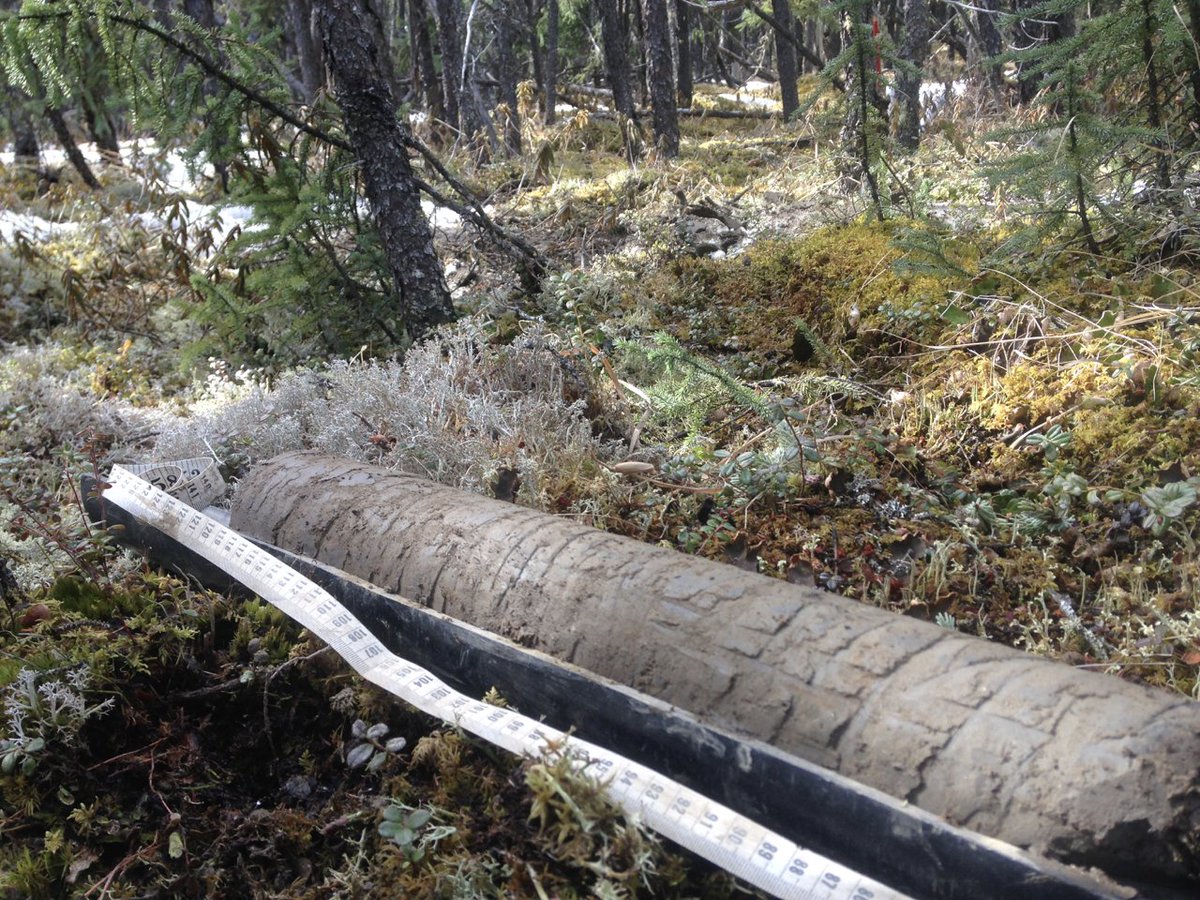Let's keep the focus on @Arctic and #Permafrost w/ a #FieldWorkFriday photo extravaganza! Use this thread to highlight a favourite image. @uspermafrost @ipapermafrost @PYRN_official @cpa_acp @tephrafan @thermokarst @DavidOlefeldt @tedschuur @utmpaleolab @ale_uvic @CarolynG_22 

First up are photos from Miriam Jones @USGS. She has had to develop new coring techniques because of the inundation caused by abrupt thaw. Check out the giant peat popsicle - a great record that we can use to reconstruct past vegetation and carbon storage in the ecosystem. 



#Permafrost field work often happens end of summer or fall when active layer is at its maximum depth. This allows us to really target the permafrost rather than the stuff at the surface that freezes/thaws. But sometimes we misjudge the weather! Here I am w/ frost probe in hand! 

But that same day, we took this video under a gorgeous blue northern sky - you just never know how your field day will turn out. Check this out for a visual demonstration of frost probing for permafrost depth! 

Speaking of frost probing, here is @fen_fatale using a frost probe to explore permafrost depth at the Alaska Peatland Experiment sites @BNZ_LTER. She is investigating the effects of permafrost nitrogen release on ecosystem dynamics. Yes permafrost contains nitrogen too! 

Now that Alaska is starting to wake up, can we get a friendly competition going between members of the @uspermafrost and @cpa_acp for #permafrost #FieldWorkFriday?
• • •
Missing some Tweet in this thread? You can try to
force a refresh










